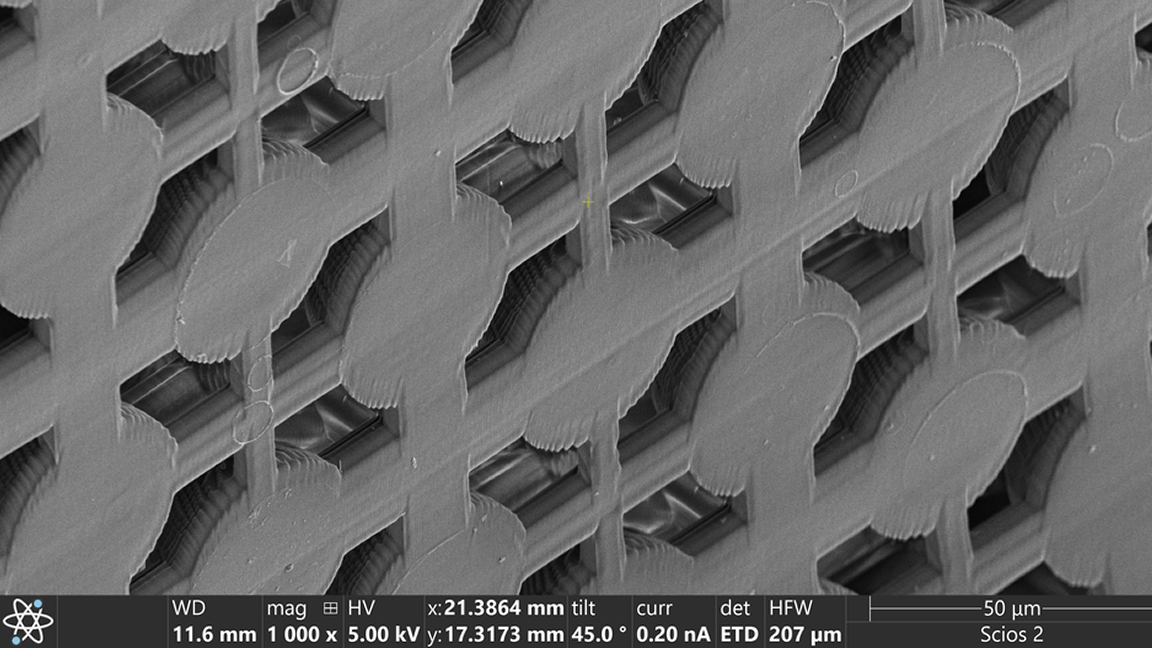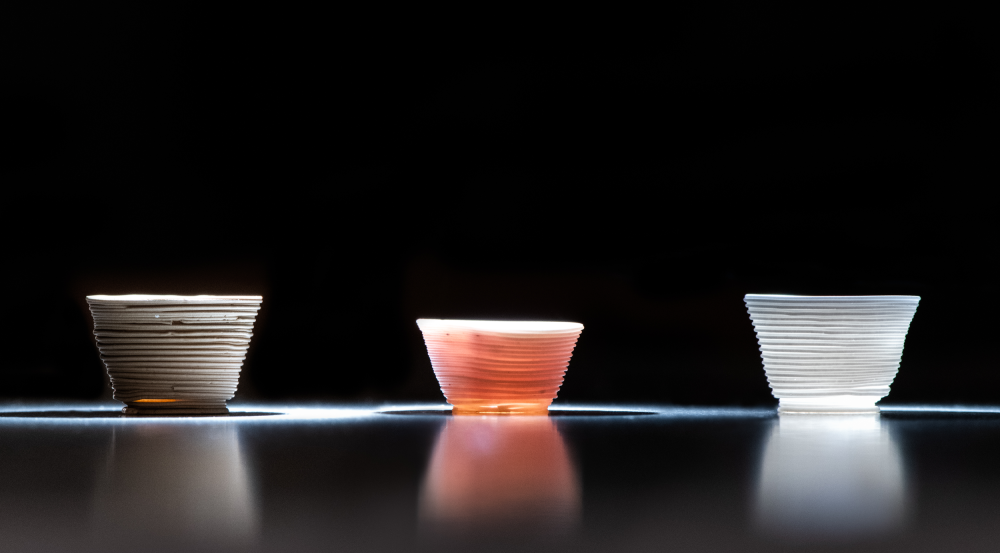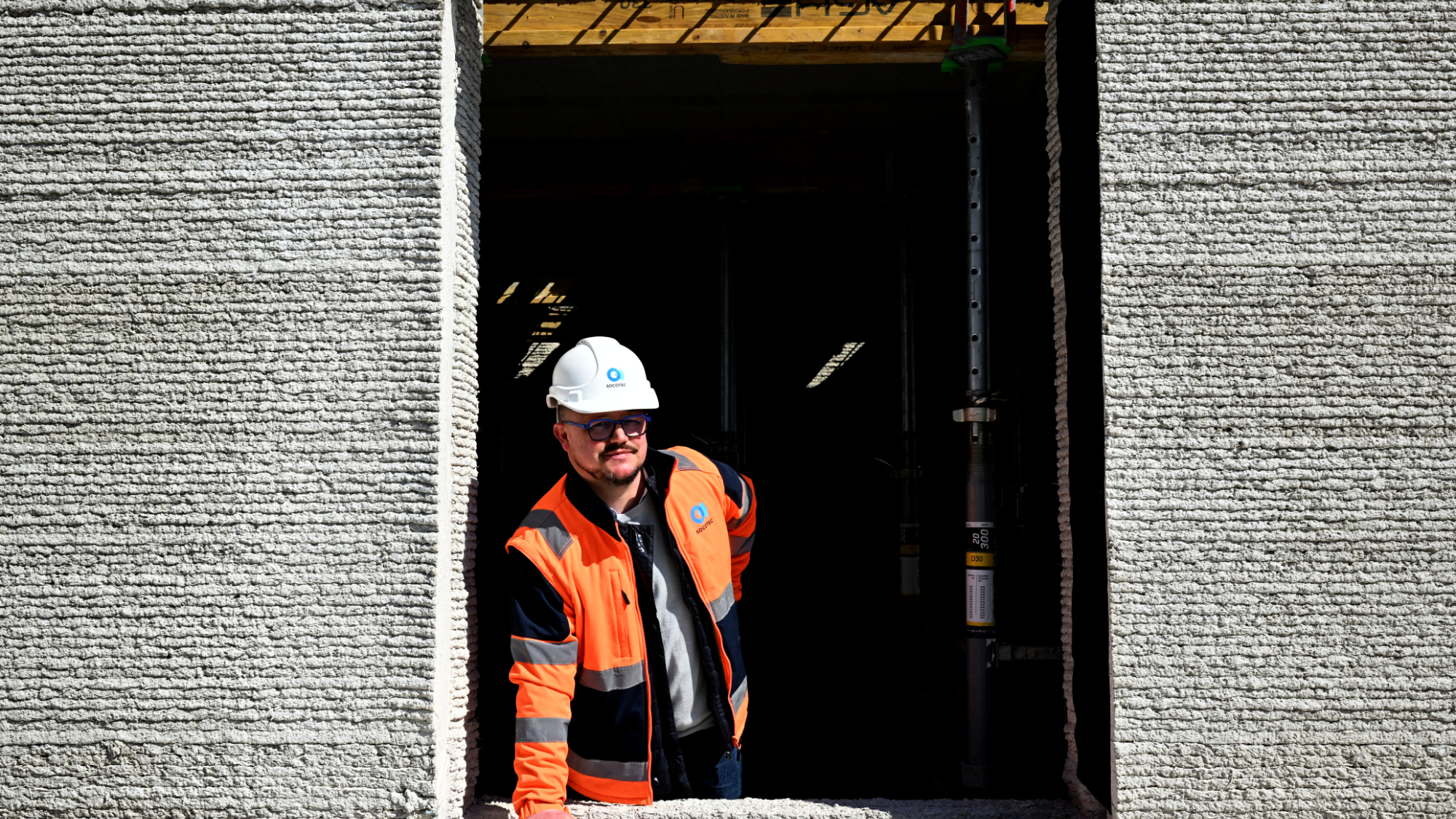It looks like the world of 3D printing is continuing to expand its spaghetti-like branches into the field of construction. It wasn’t long ago when we covered the world’s tallest 3D printed building, but the project we have to share today is more on the repair and restoration side. Rather than produce a new structure, the University of Massachusetts at Amherst has been working with researchers at MIT to develop a bridge repair process involving a 3D printing technique called cold spray.
Cold Spray is a 3D printing technique designed to add new deposits of steel to existing beams. Corroded beams are potential candidates for this additive treatment. However, this is still in early development. The process is being applied to real bridges but will need to be evaluated once they’re replaced to see how well the structures held up to use.
Cold Spray process uses powdered steel
A post recently shared to the MIT website details some of the Cold Spray process, explaining that it uses compressed gas to heat and accelerate powdered steel particles. It needs to be applied manually by a technician who builds up the steel layer by layer. This continues until the beam reaches the desired size.
You may like
-
![]() MIT researchers crack 3D printing with glass
MIT researchers crack 3D printing with glass -
 3D printed structures 10 times thinner than a human hair
3D printed structures 10 times thinner than a human hair -
![]() 3D-printed homes tested against earthquakes for the first time
3D-printed homes tested against earthquakes for the first time
The team found a bridge in Great Barrington, Massachusetts on track to be demolished within the next few years. This caught the researchers’ eye as it provides them a chance to test the durability of their creation on a corroded section of the bridge. Once the bridge is taken down, the researchers can check to see if the corrosion has stopped or worsened after the Cold Spray addition.


